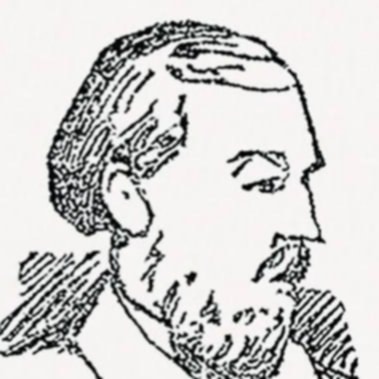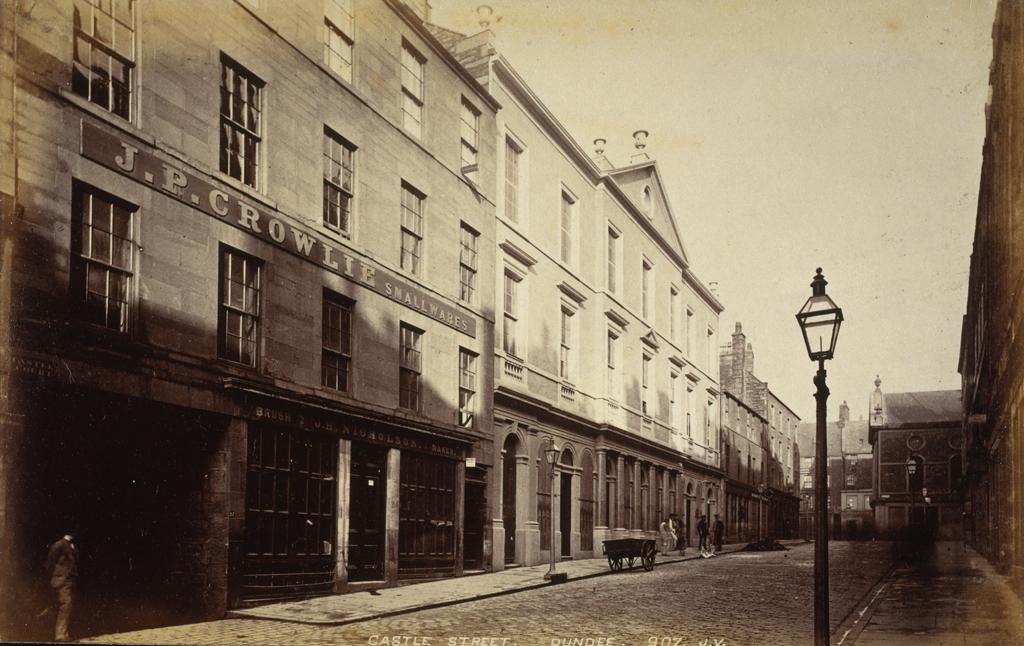
1859 - 1889
William Henry Bury
Summary
Name:
William Henry BuryNickname:
Jack the RipperYears Active:
1888 - 1889Birth:
May 25, 1859Status:
ExecutedClass:
MurdererVictims:
1Method:
StrangulationDeath:
April 24, 1889Nationality:
United Kingdom
1859 - 1889
William Henry Bury
Summary: Murderer
Name:
William Henry BuryNickname:
Jack the RipperStatus:
ExecutedVictims:
1Method:
StrangulationNationality:
United KingdomBirth:
May 25, 1859Death:
April 24, 1889Years Active:
1888 - 1889Date Convicted:
March 28, 1889bio
William Henry Bury was born on May 25, 1859, in Stourbridge, Worcestershire, England. He was the youngest of four children in the Bury family. His father, Henry Bury, worked for a local fishmonger named Joscelyne. Tragically, Henry died in a horse and cart accident when William was just an infant. This accident occurred on April 10, 1860, when Henry fell under the wheels of his cart after the horse bolted.
Following her husband's death, William's mother, Mary Jane, may have suffered from post-natal depression. She was committed to the Worcester County Pauper and Lunatic Asylum on May 7, 1860, just weeks after her husband's death. Mary Jane stayed in the asylum until her death at age 33 on March 30, 1864. William's eldest sibling, Elizabeth Ann, died in 1859 at the age of seven. The other two children, Joseph Henry and Mary Jane, also passed away before 1889. After being orphaned, William was raised by his maternal uncle, Edward Henley, in Dudley.
In 1871, William was enrolled at the Blue Coat charity school in Stourbridge. After his education, at the age of sixteen, he found work as a factor's clerk in a warehouse at Horseley Fields in Wolverhampton. He worked there until the early 1880s but left after failing to repay a loan. William then took a job with a lock manufacturer called Osborne in Lord Street, Wolverhampton, but was dismissed in either 1884 or 1885 for theft.
For the next few years, it's unclear what William did, but he lived an unsettled life in the English Midlands and Yorkshire. By 1887, he was earning money as a hawker, selling small items like pencils and key rings on the streets of Snow Hill in Birmingham.
In October 1887, Bury moved to Bow, London, where he began working selling sawdust for a man named James Martin, who possibly ran a brothel. He initially lived in a stable but later moved into the house with Martin. There, he met Ellen Elliot, who worked as a servant. Ellen was born on October 24, 1856, in Walworth, London. She worked in various jobs, including as a needlewoman and in a jute processing factory. Ellen had an illegitimate daughter who died in a workhouse in December 1885.
William and Ellen left Martin's employ in March 1888 and rented a room, where they lived together until they married on April 2, 1888, at Bromley Parish Church. Their marriage was troubled. They faced financial difficulties and William struggled with alcohol. After a few weeks of living together, Elizabeth Haynes, their landlady, reported that William was violent when drunk.
The couple moved multiple times as William’s debts grew. By January 1889, they decided to move to Dundee, Scotland. William had told Ellen that he found a job in a jute factory there, but this was not true.
William and Ellen later arrived in Dundee on January 20, 1889, and rented a room above a bar. They moved again shortly after, living in a basement flat under a shop on Prince's Street. William continued to drink heavily, spending time with local men.

murder story
On 4 February 1889, William Bury purchased a length of rope from a local grocer in Dundee and later visited the Sheriff Court, where he reportedly observed criminal proceedings with particular interest. That night, he strangled his wife Ellen with the rope. After death, he inflicted shallow knife wounds on her abdomen using a penknife, possibly attempting to emulate the notorious Whitechapel murders. He folded her body into a wooden crate that had been brought from London and attempted to destroy evidence by burning personal items and furniture.
Instead of alerting authorities, Bury lived with the concealed body in the basement flat for six days. On 10 February 1889, consumed by anxiety, he walked into the Dundee Central Police Station and told Lieutenant James Parr that his wife had committed suicide and that he had hidden the body. During his statement, Bury expressed fear that he might be accused of being Jack the Ripper, the unidentified serial killer who had terrorized London’s Whitechapel district only months earlier.
Detectives David Lamb and Peter Campbell accompanied Bury back to the Prince’s Street flat. There, they found Ellen’s mutilated body crammed into a box. Investigators also discovered burned clothing, blood-stained garments, and disturbing chalk graffiti on the walls referring to Jack the Ripper.
Ellen’s autopsy was conducted by five physicians, including the prominent forensic expert Dr. Henry Littlejohn. They concluded that she had been strangled from behind and that her leg had been broken postmortem to fit her body into the crate. The abdominal incisions had been made very shortly after death, contradicting Bury’s later confession that he mutilated the body the next day.
Bury was arrested, and upon further inquiry, he revised his story to admit that he had stabbed Ellen’s body once. His possession of her jewelry raised suspicions, and graffiti found at the crime scene hinted at a notorious serial killer known as Jack the Ripper. Despite Scotland Yard investigating Bury in connection to the Ripper murders, he was charged solely for Ellen’s murder.
At his trial on March 28, 1889, Bury pleaded not guilty. Testimony from witnesses pointed to his violent behavior and troubled marriage. The jury initially recommended mercy due to conflicting medical evidence but ultimately found him guilty. Bury was sentenced to death.
On April 1, 1889, his lawyer petitioned for clemency, but the request was denied. William Bury was executed by hanging on April 24, 1889. He confessed to a minister shortly before his death, stating he killed Ellen during a drunken argument. He had initially planned to dispose of her body but changed his story when he realized she was missing.